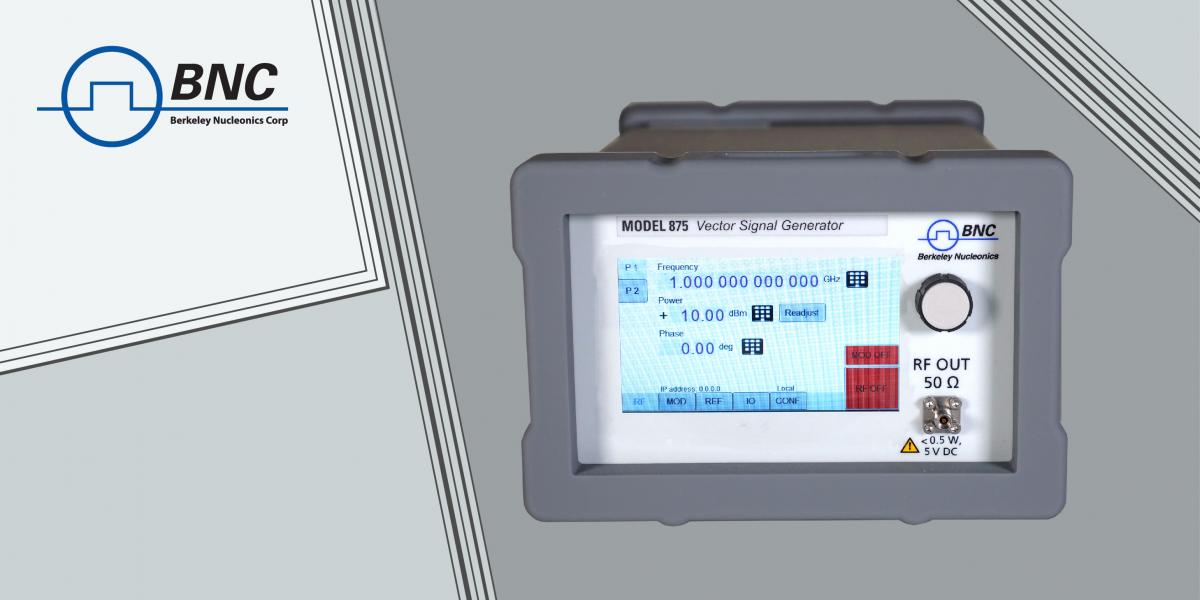March 2, 2023 - Revolutionizing Wi-Fi: Exploring the Power of the Model 875 Vector Signal Generator and IEEE 802.11be
IEEE 802.11be is the next-generation Wi-Fi standard currently under development by the Institute of Electrical and Electronics Engineers (IEEE), also known as Wi-Fi 7.
This new standard is designed to provide significantly higher data rates and improved performance in dense and congested environments compared to previous generations of Wi-Fi. Some of the key features expected to be included in IEEE 802.11be are:
- Multi-gigabit data rates: IEEE 802.11be aims to provide data rates of up to 30 Gbps, which is more than three times the maximum data rate of the current Wi-Fi 6 standard.
- Lower latency: The new standard is expected to reduce latency and provide more reliable and responsive connections.
- Improved spectral efficiency: IEEE 802.11be will use advanced modulation and coding techniques to improve the efficiency of spectrum utilization and increase the capacity of wireless networks.
- Enhanced security: The new standard is expected to include stronger security features to protect against various types of attacks.
To verify the radio performance of IEEE 802.11be devices with the Berkeley Nucleonics Model 875 Vector Signal Generator, you can follow these general steps:
- Connect the Model 875 Vector Signal Generator to the device under test (DUT) using an appropriate cable.
- Set the desired frequency and bandwidth of the signal using the Model 875 Vector Signal Generator.
- Configure the Model 875 Vector Signal Generator to generate IEEE 802.11be-compliant signals.
- Set the power level of the signal to the desired value.
- Turn on the Model 875 Vector Signal Generator and verify that it is generating the desired signal using a spectrum analyzer or other appropriate test equipment.
- Connect the output of the DUT to a spectrum analyzer or other appropriate test equipment to measure the performance of the DUT.
- Perform a bit error rate (BER) test by transmitting data packets of known content and measuring the number of bit errors in the received packets.
- Adjust the signal parameters and repeat the test as necessary to fully characterize the performance of the DUT.
It is important to consult the user manual of both the Model 875 Vector Signal Generator and the DUT to ensure that the correct setup and testing procedures are followed. It should be noted that IEEE 802.11be is still in the development stage. Access the Model 875 product page here.

